Every day of the week horses are loaded up and transported around the world. Transporting horses can vary from loading your hunter into a horse box and travelling two minutes down the road - to your horse boarding a flight to America.
It is important for everyone involved in the transport of horses to be aware that there are certain regulations which govern the transport of animals.
The transport of animals is regulated by the Department of Agriculture Food and the Marine (DAFM). In Ireland there are separate regulations for the transport of animals undertaken in connection with an economic activity and for owners who are transporting their animals as part of their hobby.
AN ECONOMIC ACTIVITY
Commercial transporters transporting animals on journeys up to a maximum distance of 65km are not required to be authorised or to undergo training. However, they are required to carry documentation in their vehicle stating:
• The origin and ownership of the animals.
• The place of departure.
• The date and time of departure.
• The intended place of destination and the expected duration of the journey.
The Department recommends that transporters hold on to this document for at least 6 months.
When transporting live animals on journeys over 65km in connection with an economic activity you must be authorised by the DAFM. Since January 2008, drivers of vehicles transporting cattle, sheep, goats, pigs, horses and poultry on journeys over 65km will be required to hold a certificate of competence.
DAFM has approved Teagasc to provide training and examinations in accordance with the Council Regulation for the transport of livestock. The Racing Academy Centre of Education (RACE) will provide training and examinations in accordance with the Council Regulation for the transport of horses.
RACE will be running their next transport course on the 5th of January 2016 (subject to sufficient numbers applying). For more information contact RACE directly.
Horse Sport Ireland also run training courses for horses. Please contact them directly for information on course dates and application forms.
CONTACT INFORMATION
RACE: 045 522468
Horse Sport Ireland: 045 850800
HOBBY
The transport of animals directly to or from veterinary practices or clinics, under the advice of a veterinarian and the transport of animals to or from shows or gymkanas by its owner are excluded from the provisions of the regulation.
However, there are general conditions (Council Regulation (EC) No 1/2005) for the transport of animals which everyone must adhere to. They are as follows:
The Council prohibits a person to transport an animal or cause an animal to be transported in a way that is likely to cause it injury or undue suffering.
In addition the following conditions must also be complied with:
1. Arrangements have been made in advance to minimise the length of the journey.
2. The animals are fit for the journey.
3. The vehicle used to transport the animal is designed, constructed, maintained and operated so as to avoid injury and suffering and ensure the safety of the animals being transported.
4. Loading and unloading facilities are adequately designed, constructed, maintained and operated so as to avoid injury and suffering and ensure the safety of the animals.
5. Personnel handling the animals are trained or competent as appropriate for this purpose and carry out their tasks without using violence or any method likely to cause unnecessary fear, injury or suffering.
6. The transport is carried out without delay to the place of destination and the welfare conditions of the animals are regularly checked and appropriately maintained.
7. Sufficient floor area and height is provided for the animals - appropriate to their size and the intended journey.
8. Water, feed and rest are offered to the animals at suitable intervals and are appropriate in quality and quantity to their species and size.
DRIVERS LICENCE
Transporting horses may involve driving a jeep and trailer or it may require driving an arctic lorry. Either way you will be required to hold the correct drivers licence. A category 'B' licence is the standard licence for car and work vehicle categories.
This licence will allow you to tow a trailer where the Maximum Authorised Mass (MAM) of the trailer is not greater than 750kg.
As a general rule a category 'B' licence would not allow you to tow a horsebox or a livestock trailer.
A category 'BE' licence entitles you to tow a trailer:
• In all cases where the MAM of the vehicle and trailer combination is greater than 3500kg but less than 7000kg.
• In cases where the MAM of the trailer is greater than 750kg.
To obtain a category 'BE' licence:
• You must hold a current full driving licence in the category 'B' (car).
• You must first pass a driver theory test in the category 'BW' (if not already passed to obtain a category 'B' licence).
• Apply for a learner permit in category 'BE' in an National Driver Licence Service (NDLS) centre.
• After passing a driving test in the car/jeep and trailer you can then apply for the category 'BE' to be added to your full driving licence.
Separate driving licence categories are required to drive truck categories, details can be seen in Table 1.

DRIVING WITH A TRAILER
> Remember that the maximum legal speed limit for a vehicle towing a trailer is 80km/hr. However, if the road speed limit is lower, for example in a built up area where the speed limit is 40km/hr, you must obey the lower of the two.
> If your trailer begins to shake or swerve, ease off the accelerator and reduce speed gently. (This can happen if you are driving too fast or the load in the trailer is wrongly positioned).
> Avoid braking sharply on a bend as this could possibly cause a jack-knife situation. Reduce your speed before the bend and take the appropriate gear for the speed you are doing. Then gently accelerate out of the bend.
> Leave more distance than usual between you and the vehicle in front and allow plenty of extra time and space if entering traffic.
> Allow extra time and distance when overtaking other road users and make sure you are well past them before moving back to the left-hand side of the road again.
> A combination of vehicles or an articulated vehicle that exceeds 13 metres in overall length must display a ‘LONG VEHICLE’ sign or signs on the back of the rearmost trailer.
> Make sure you mark any loads projecting more than one metre to the rear of your trailer with a red flag or marker board during the day. If you are towing this type of load when it is dark, mark it with a red reflector and a red light.

EMERGENCY KIT
All vehicles should have an emergency kit in case of a breakdown. Here are some guidelines as to what your kit should contain:
• Hazard warning triangle to warn other road users.
• Tow rope and booster cables so that you can be moved off the roadside.
• Footpump with gauge in case of a puncture.
• Tire jack.
• Wheel brace (suitable for jeep and trailer).
• Hi-Grip gloves.
• Weatherproof torch and batteries for night time use.
• Emergency numbers.
• It is also a good idea to have a human and equine first aid kit when travelling.
A BAD TRAVELLER

(An enlarged PDF version of this graphic is available at the end of this article.)
There are a number of common stressors associated with the transportation of horses. These may include behavioural stressors such as social isolation from stable mates, aggressive interaction of other horses during transportation, lack of security in their environments, disrupted training regimes, interrupted feeding schedules, the improper handling of horses by handlers and/or poor driving techniques which can cause both behavioral and physiological stress effects.
Here are some of the options available to help alleviate these stressors:
> If you are travelling with two horses, make sure that they are tied so that they cannot touch noses or aggravate each other. Head partitions can be fitted in most horse boxes and lorries if necessary.
> If your horse becomes anxious when travelling alone you might consider a travelling companion. Many racehorses have travelling companions, for example, American Pharoah and his travelling companion Smokey.
> For horses that become unbalanced when travelling you could try removing the partition in a horse box or giving the horse more space to help them balance. Sometimes horses benefit from facing backward in a horsebox.
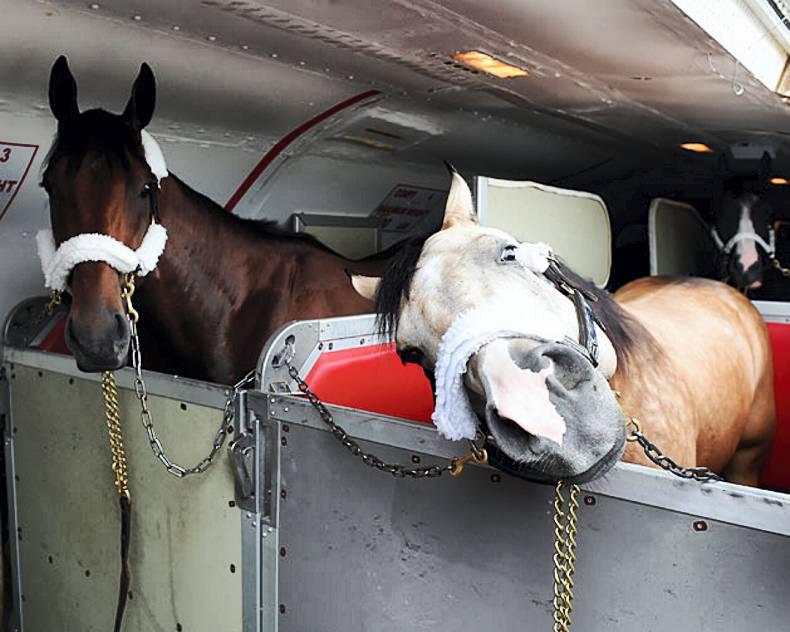

 This is a subscriber-only article
This is a subscriber-only article
 It looks like you're browsing in private mode
It looks like you're browsing in private mode




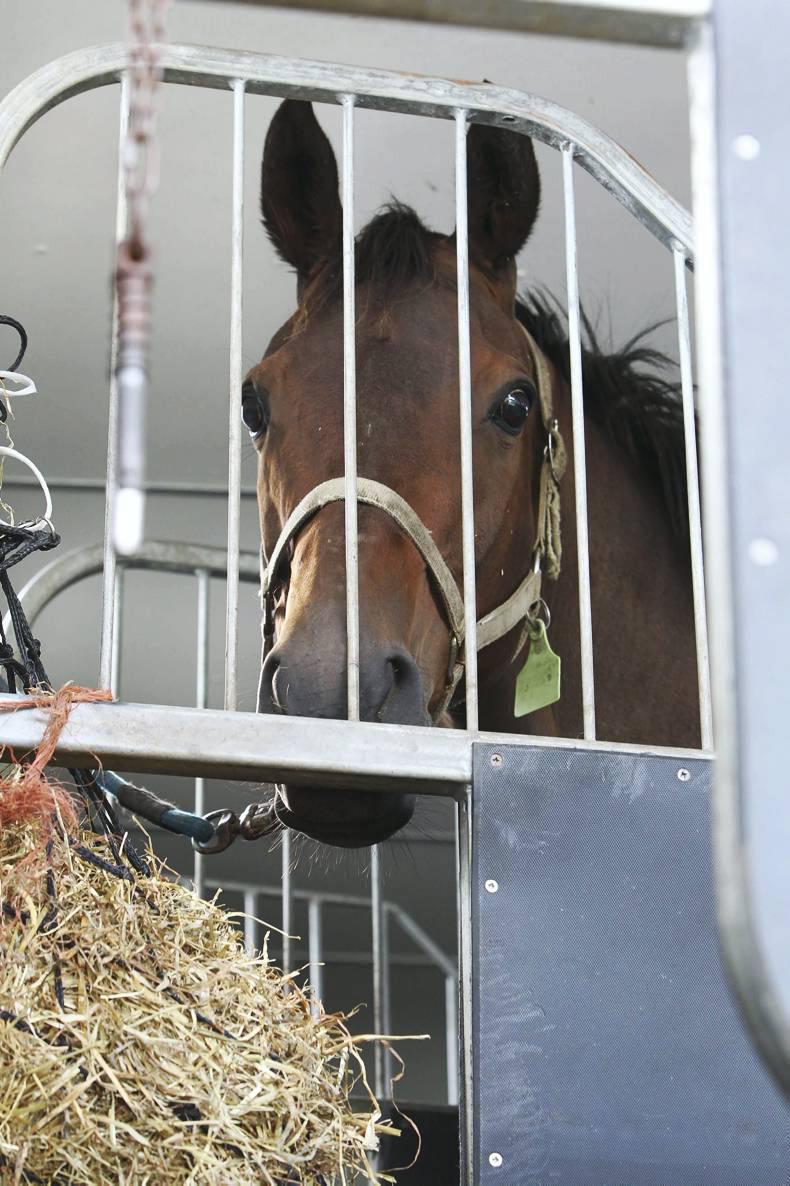
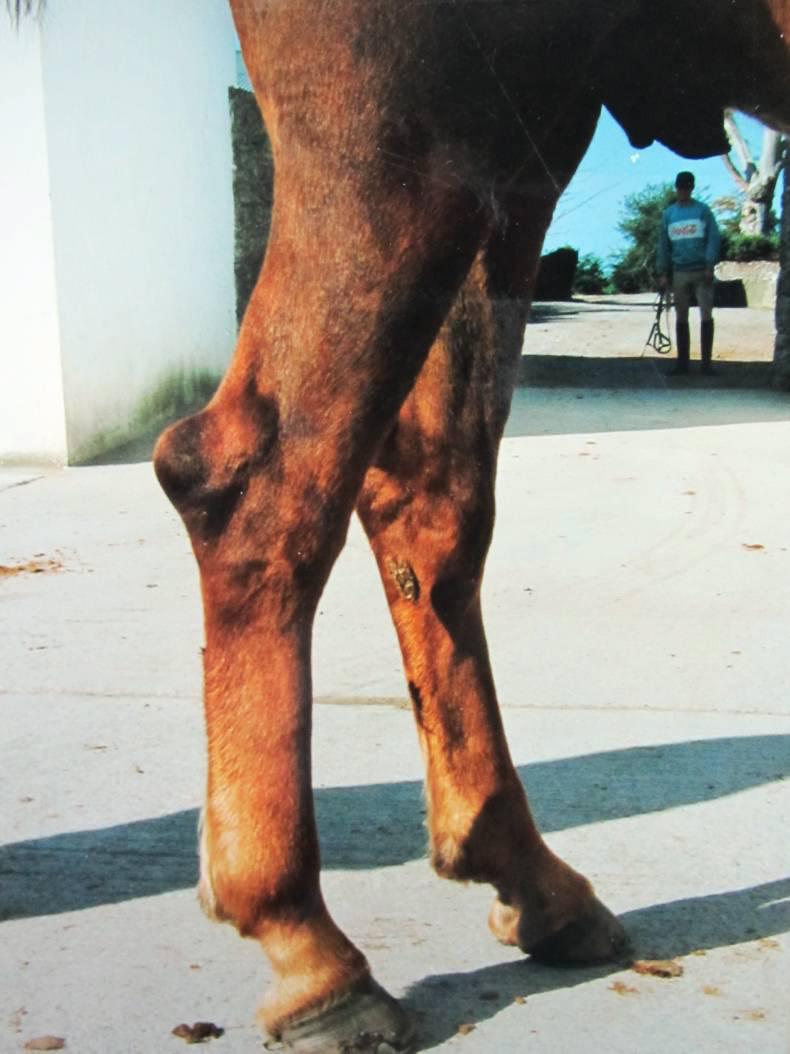
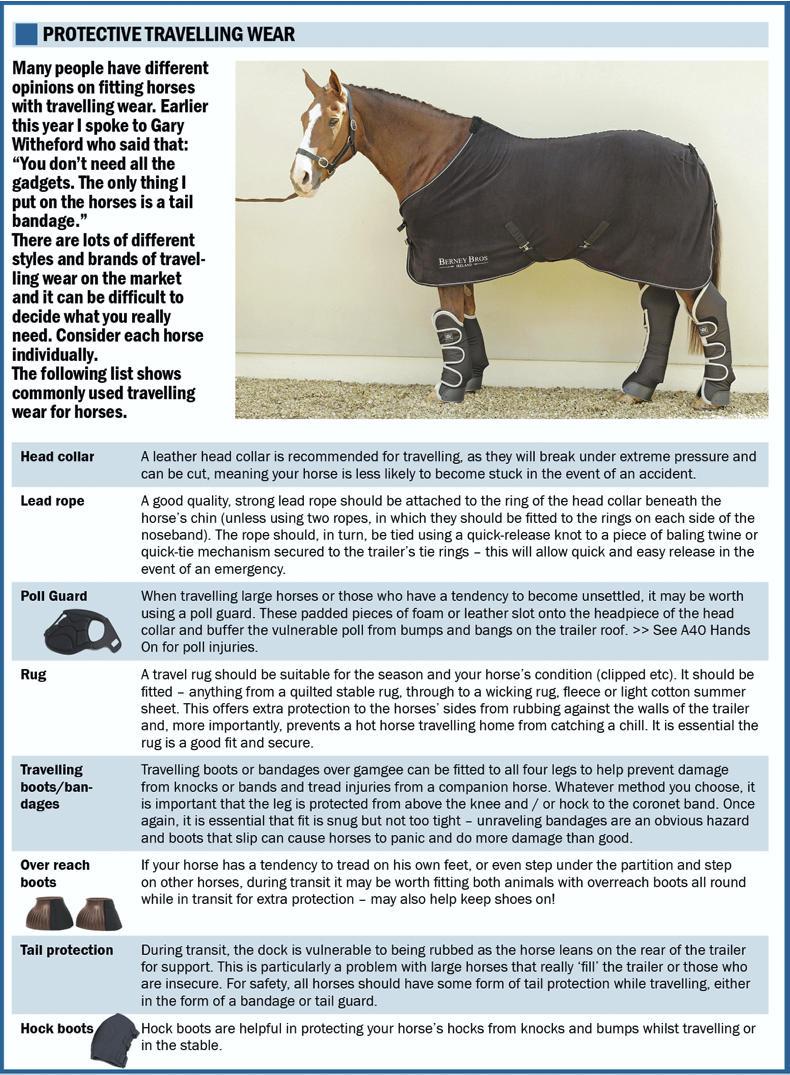

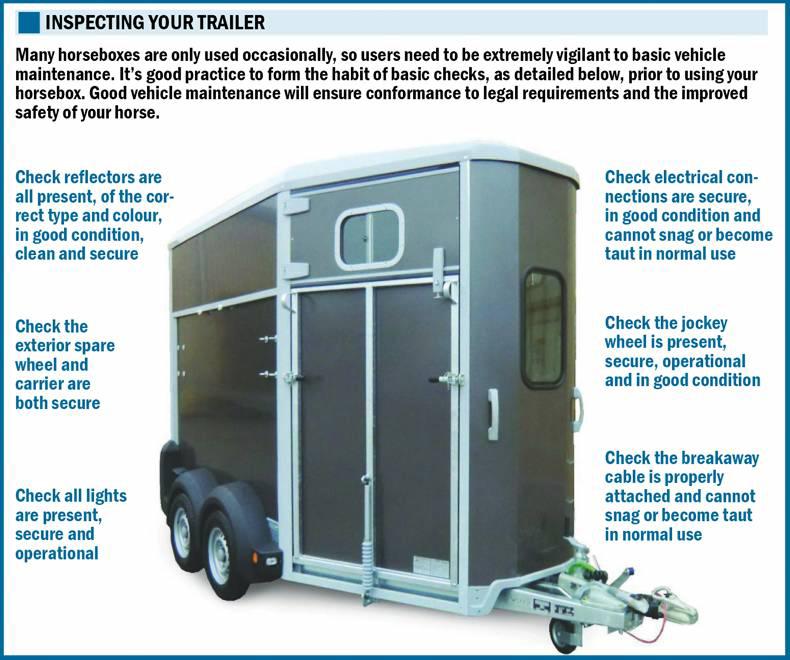

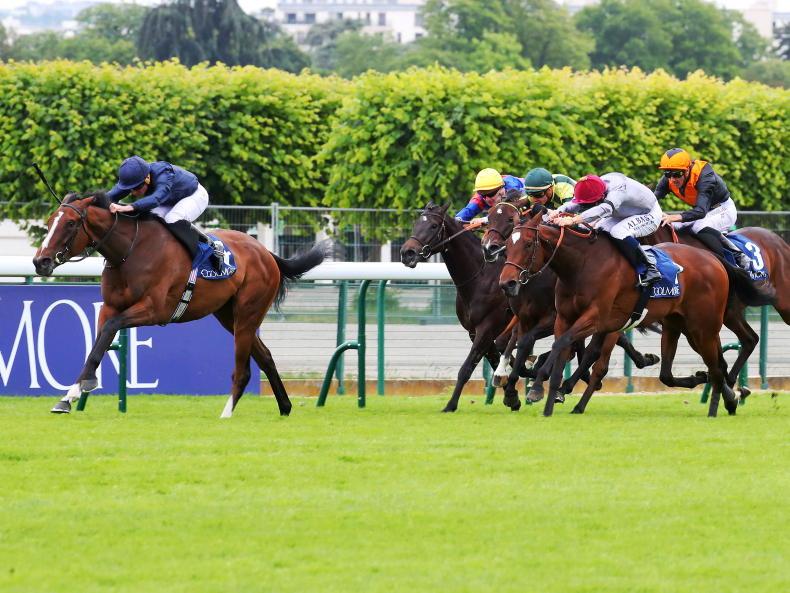
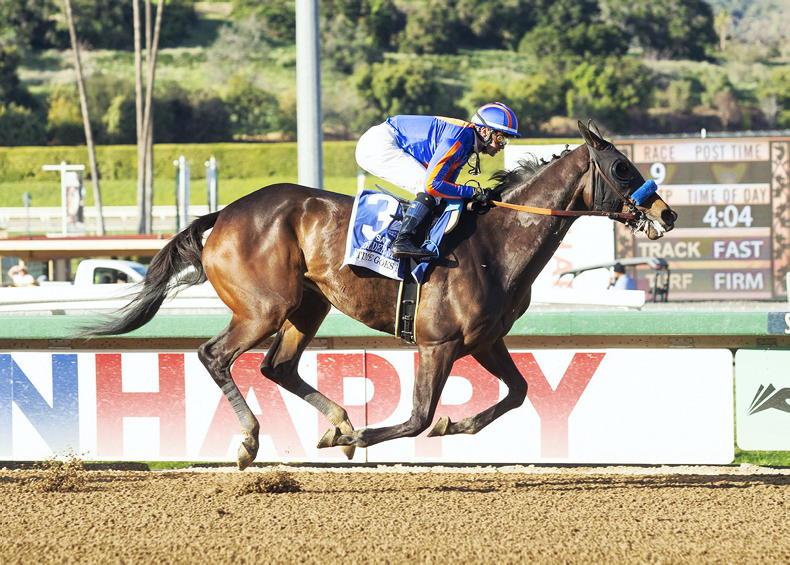
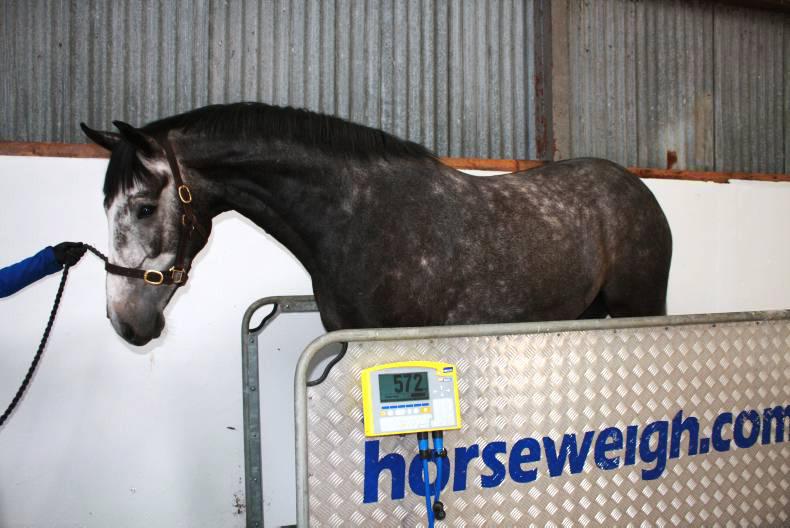
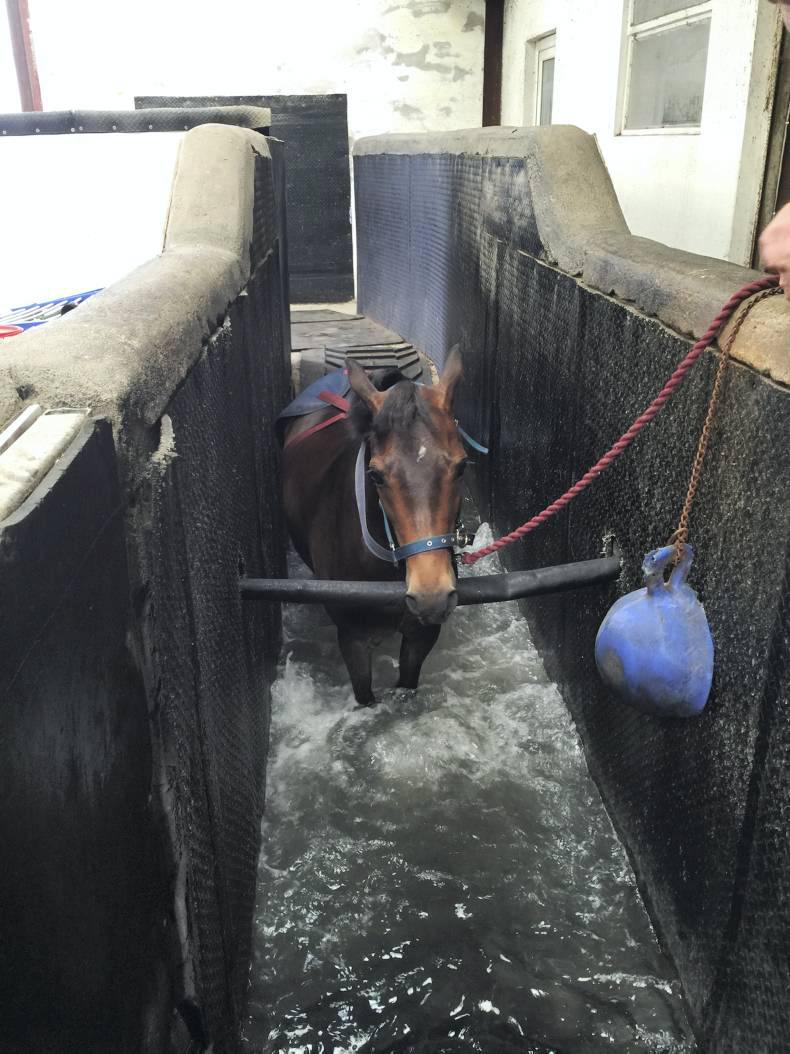

SHARING OPTIONS: